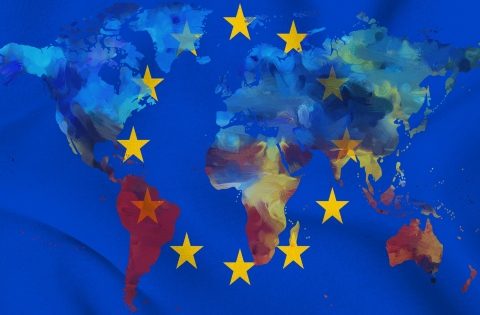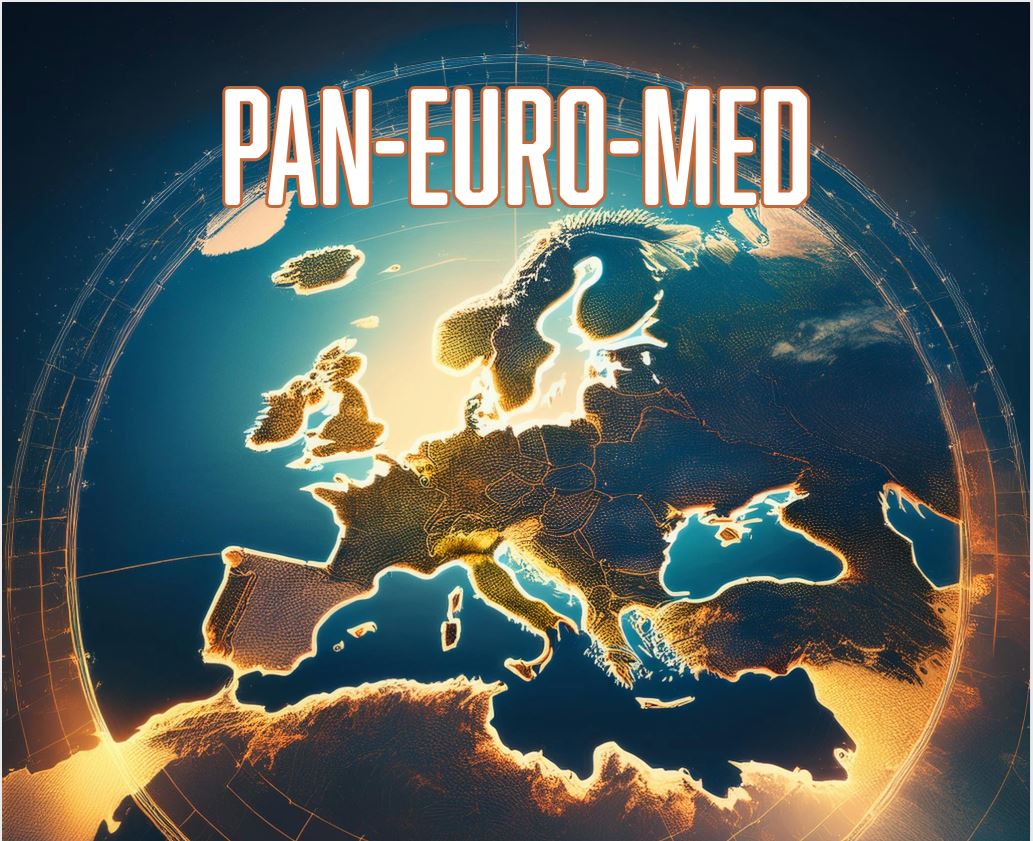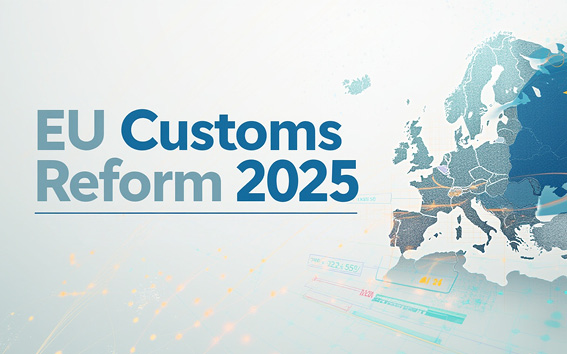What are free trade agreements?
Free trade agreements (also known as foreign trade agreements, or FTAs for short) are subject to an international treaty that sets out decisions on trade between two or more countries. The aim of the agreement is to increasingly reduce barriers to trade between countries. These include tariff barriers to trade, i.e. customs duties for the import of goods in the partner country, as well as non-tariff barriers to trade, for example:
- Restrictions on the movement of goods
- import quotas
- subsidies
However,free trade agreements can also aim to establish common standards for intellectual property or investment protection.
Difference between free trade agreements and customs unions
Important: Despite a free trade agreement, countries retain their autonomy when it comes to trade issues with third countries. This is precisely what distinguishes a free trade area – i.e. an area between several states with a corresponding agreement – from a customs union. Therefore, not every free trade agreement is immediately a customs union, but every customs union is also a free trade agreement.
Free trade agreements in contrast to other trade agreements
Strictly speaking,free trade agreements also differ in content from other types of trade agreements. Economic Partnership Agreements (EPAs) focus on economic growth in certain regions, including Africa and the Caribbean. An association agreement, on the other hand, covers many different intergovernmental decisions at a political level.
Last but not least, there are also partnership and cooperation agreements (PCAs), which exist primarily between the European Union and many Eastern European and Central Asian countries. At the heart of these agreements are a wide range of arrangements in areas such as trade, science, migration and organized crime. In return, the EU contracting partners benefit from cooperation on EU decisions.
What types of free trade agreements are there?
There are basically three different types of EU free trade agreements , depending on the composition of the contracting states:
- Bilateral: free trade agreements between two countries
- Multilateral: free trade agreements between all WTO member states
- Plurilateral: free trade agreements with a specific focus between selected WTO member states
Current agreements and their status
Agreements in force
🇯🇵 Japan (JEFTA/EPA) – since 2019
- Largest free trade area in the world (since 01.02.2019)
- Market access to 125 million consumers
- Particularly advantageous for: Automotive sector, chemicals/pharmaceuticals, mechanical engineering, consumer goods

🇨🇦 Canada (CETA) – provisional since 2017
- Germany ratified in early 2023
- Several EU member states are still pending
- Focus on jobs, growth and environmental standards

🇸🇬 Singapore (EUSFTA) – since 2019
- Divided into separate trade and investment agreement
- Focus: finance, services, transportation, telecommunications

🇻🇳 Vietnam (EVFTA) – since 2020
- Provisionally in force since 2020
- Advantageous for chemicals/pharmaceuticals, consumer goods, food, mechanical engineering
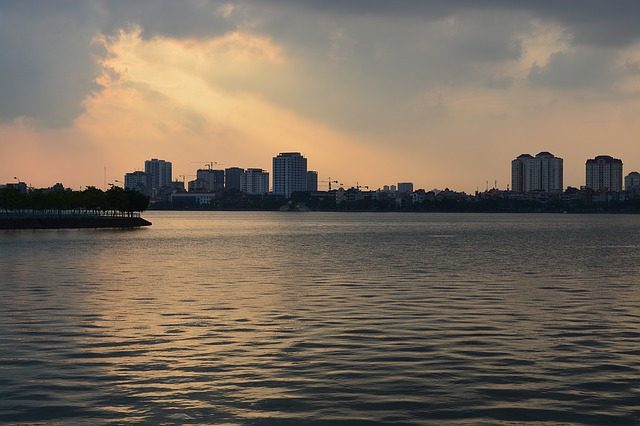
🇲🇽 Mexico – since 2000, modernization ongoing
- Originally 2000 for industrial goods
- New negotiations since 2016 for expanded areas
- Planned expansion to include agriculture, services, environmental standards

🇰🇷 South Korea – since 2011, modernized/revised on an ongoing basis
- Comprehensive FTA since 2011, extensive tariff dismantling for industrial goods
- Served as a blueprint for later “modern” EU agreements (e.g. Japan, Vietnam)
- Ongoing reviews/adjustments to rules of origin, services and sustainability chapters

🇬🇭 Ghana – since 2021, interim EPA in force
- Economic Partnership Agreement (EPA) with asymmetric market opening
- Preferential tariffs for agricultural and fishery products
- Gradual liberalization for EU goods Rules of origin and preferences relevant for cocoa/processed goods and textiles
Breakthrough in protracted negotiations
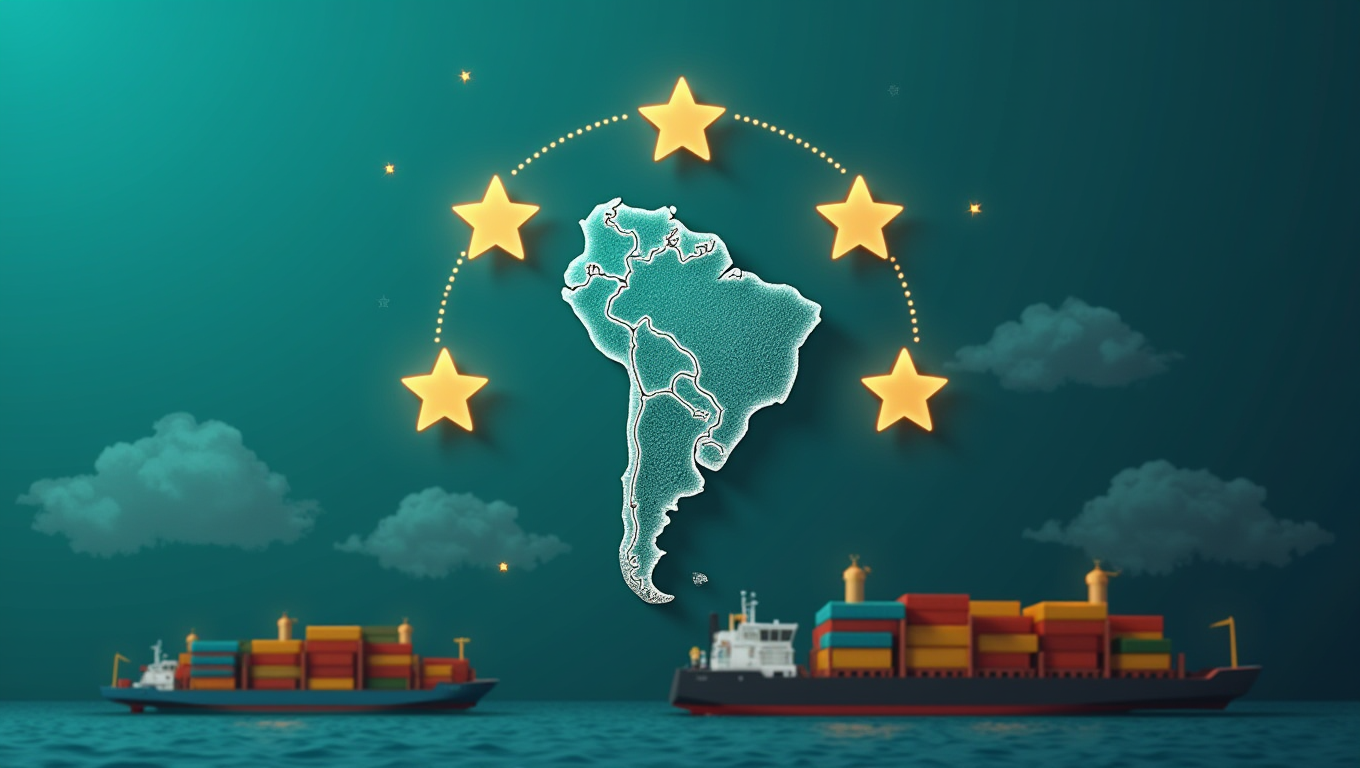
🌎 Mercosur – breakthrough December 2024
- Historic breakthrough: On December 6, 2024 in Montevideo, the EU and Mercosur states (Argentina, Brazil, Paraguay, Uruguay) agreed on the last points of contention
- Economic significance: Market access to over 260 million consumers
- Timetable:
- Technical elaboration currently underway
- Ratification by national parliaments pending
- Entry into force not expected before the end of 2025
- Customs duties will be abolishedfor 91% of all goods
Recently concluded agreements
🇮🇩 Indonesia (CEPA) – Conclusion September 2025
Historic breakthrough after ten years of negotiations After long negotiations, which intensified due to the rise in trade tensions between the USA and other countries, Indonesia and the European Union concluded a historic free trade agreement in September 2025. The Comprehensive Economic Partnership Agreement (CEPA) was signed by representatives of both parties in Bali in September 2025.
Economic significance and market potential The CEPA creates a free trade area with over 700 million consumers . Indonesia, as the largest economy in Southeast Asia with over 270 million inhabitants, offers enormous market potential for European companies . The agreement will significantly strengthen European trade and investment in this strategically important region.
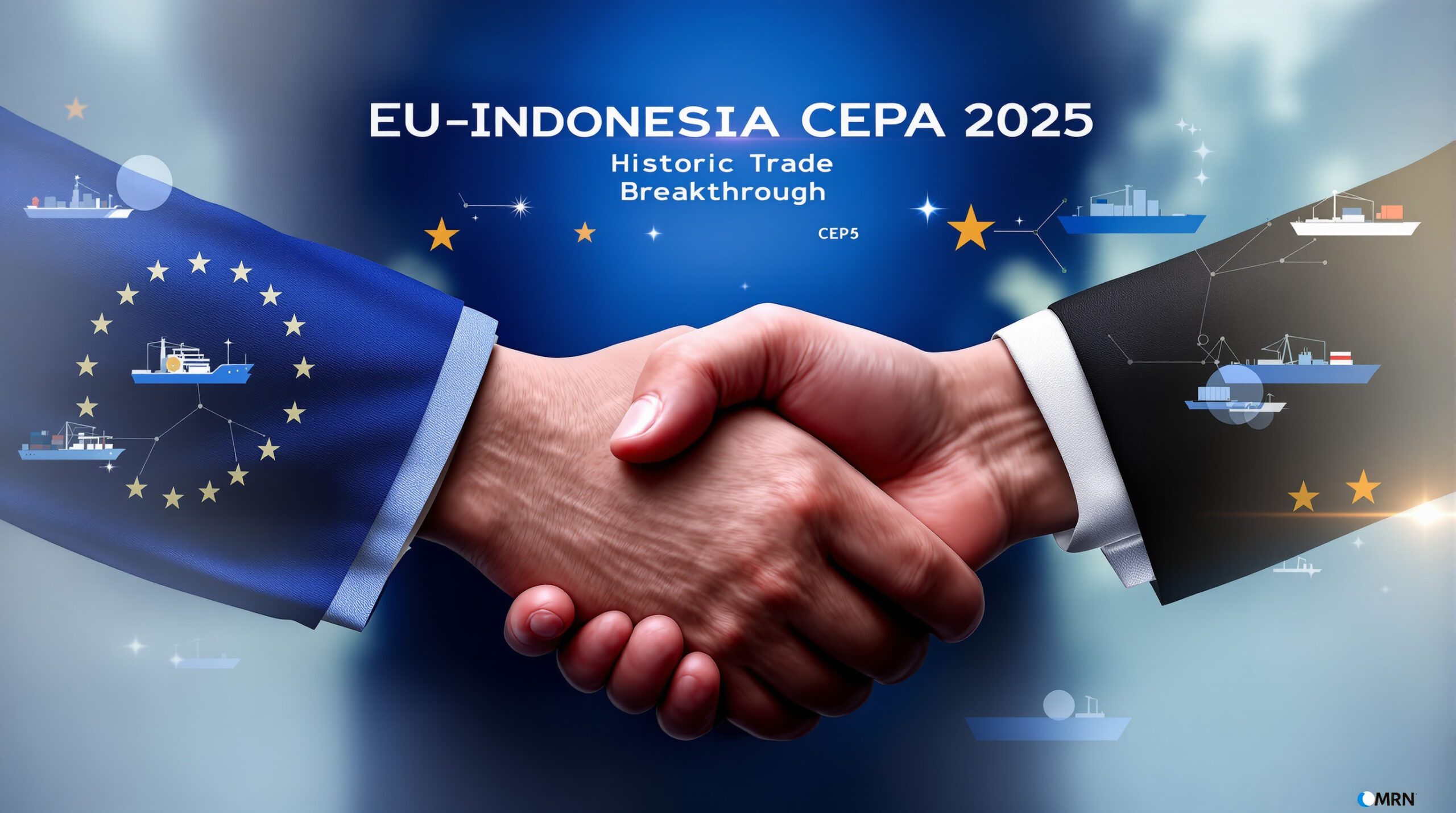
Tariff reduction and affected sectors The agreement will almost completely abolish customs duties on EU goods imported into Indonesia. This applies, among other things, to:
- Automotive industry: German car manufacturers in particular will benefit from the elimination of import duties
- Mechanical engineering and industrial equipment: Easier market access for European technology
- Chemical industry: Reduced trade barriers for chemicals and pharmaceuticals
Strategic importance in a geopolitical context The agreement is particularly important against the backdrop of escalating trade tensions between the USA and other countries. It strengthens the EU’s position in the strategically important ASEAN region and offers an alternative to traditional trade routes. The CEPA is expected to reshape exports, foreign direct investment (FDI) and market access for foreign companies in both regions.
Implementation and outlook The agreement is to be implemented gradually, with the first trade facilitation measures potentially taking effect as early as 2025. The agreement significantly boosts the export hopes of both sides and is seen as a milestone for future trade relations between Europe and Southeast Asia.
Ongoing negotiations
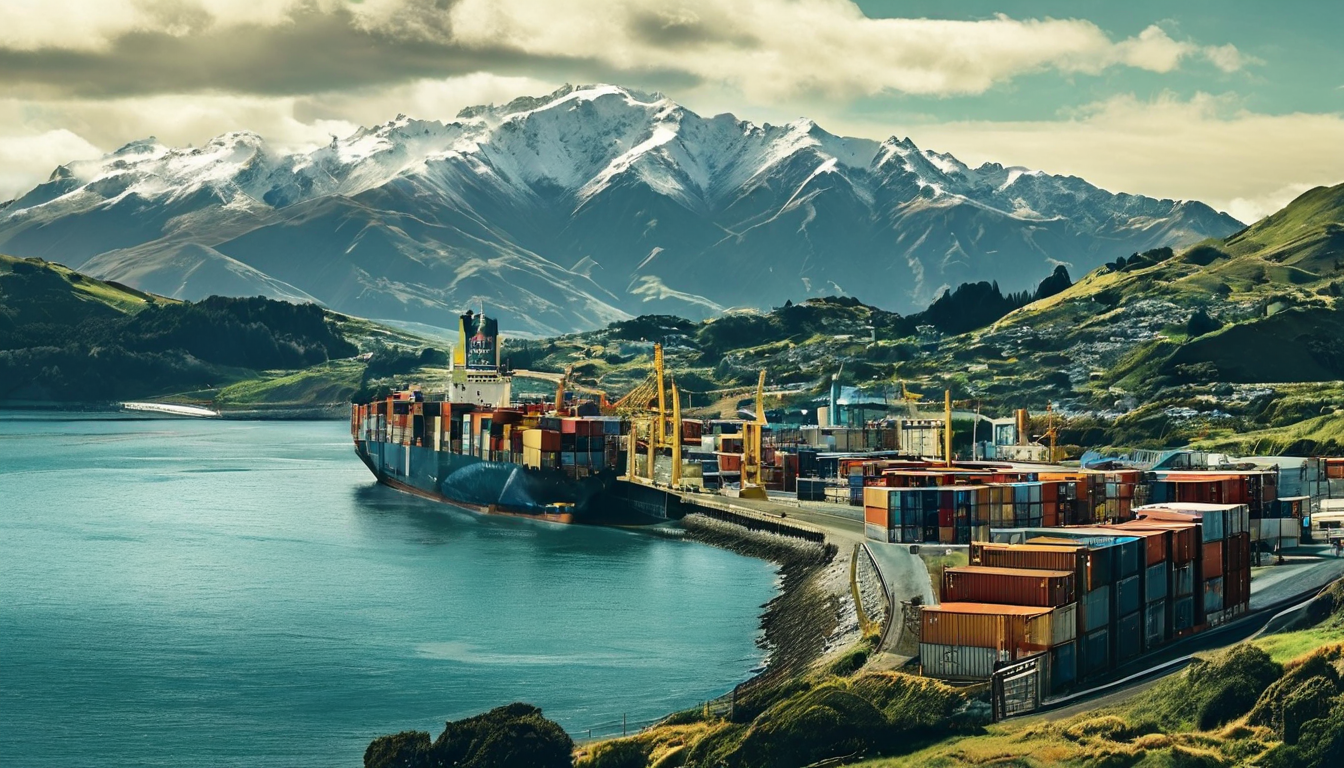
🇳🇿 New Zealand – Completion expected in 2025
- Signing expected before the end of 2025
- Expected trade growth of up to 30%
- Modern generation of agreements with sustainability and gender equality provisions

🇦🇪 United Arab Emirates – Negotiations since May 2025
- Start of formal EU free trade negotiations (FTA/CEPA-oriented)
- Focus on goods, services, investment and sustainability
- Diversification beyond oil, facilitation for industry and high-tech

🇮🇳 India – negotiations reactivated since 2024
- Intensified FTA round incl. investment and geographical indications chapters
- Key points: Tariffs on industrial/consumer goods, services, data flows, sustainability
- Challenges: Market access, rules of origin, regulatory harmonization; further rounds in 2025

🇹🇭 Thailand – negotiations reactivated in 2024
- Focus: Market access for goods/services, TBT/SPS, sustainability
- Status 2025: ongoing rounds, rapprochement on industrial tariffs; further talks on procurement/data flows

🇦🇺 Australia – negotiations failed (2023)
Despite efforts since 2018, the negotiations failed in October 2023, mainly due to disagreements in the agricultural sector.
Regional agreements and trading systems
🗺️ PAN-EURO-MED – since 1997, ongoing modernization/digitization
- Network of cumulative rules of origin between the EU, EFTA, Turkey, the Balkans, and the Mediterranean
- Enables cross-border value chains and cumulation of origin
- Current: digitization of proof of preference (REX system), expansion to include new partners
Economic opportunities for EU companies
The trade agreements offer:
- Additional market development in new regions
- Elimination of customs duties and reduced bureaucracy
- New investment opportunities
- Increased competition as a driver of innovation
- Wider product range and lower prices for consumers
Current challenges
EU trade strategy is evolving in the context of new geopolitical realities, including changing US trade policy and the need to reduce dependencies on individual countries such as China.
